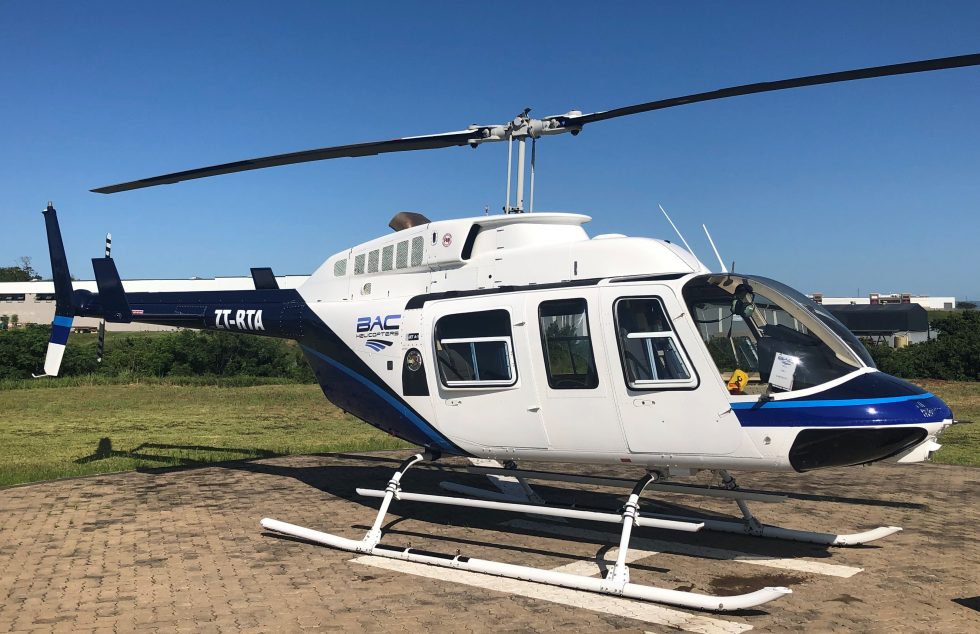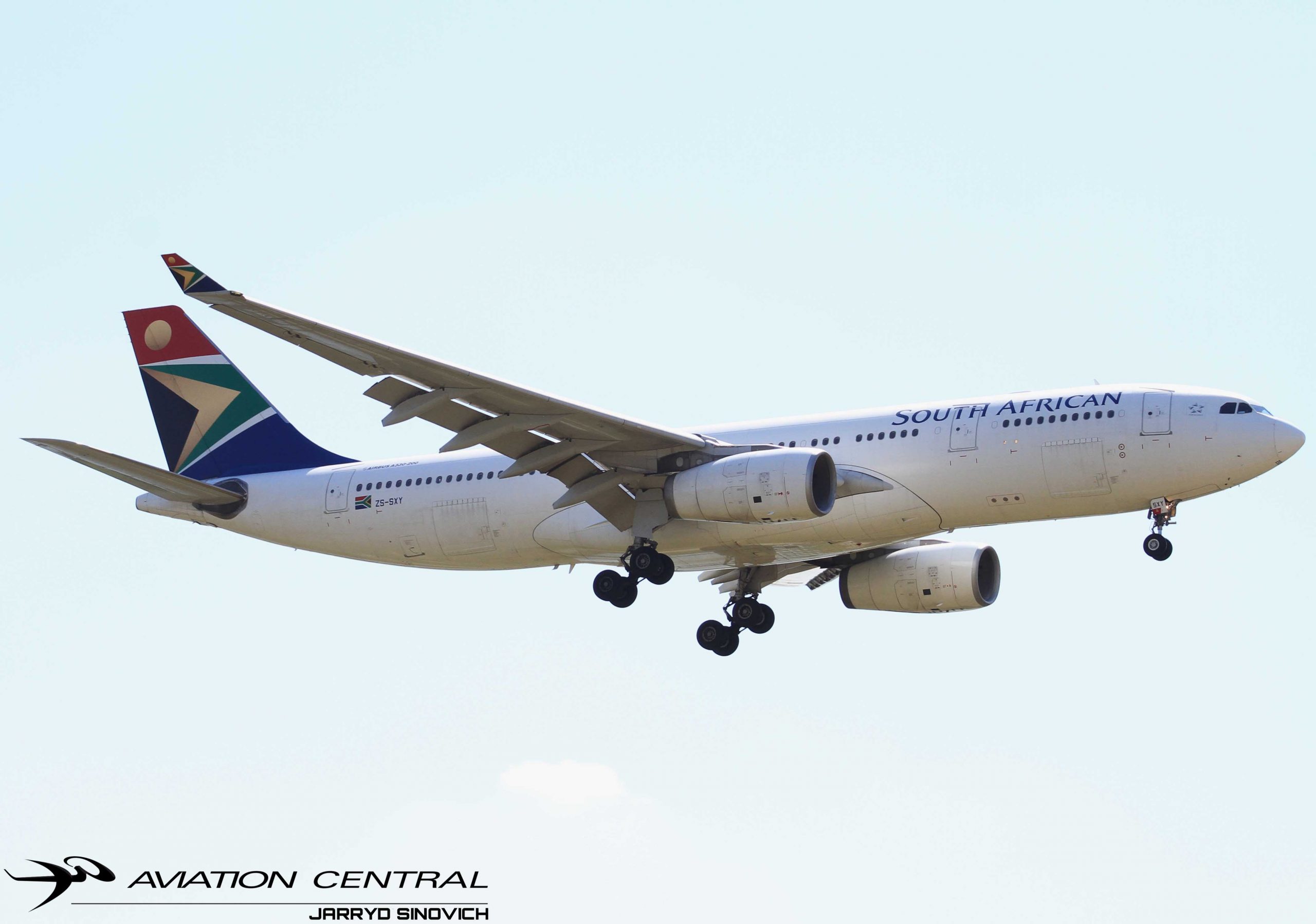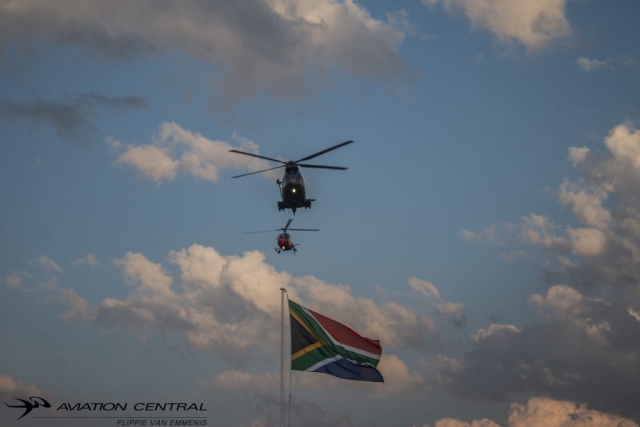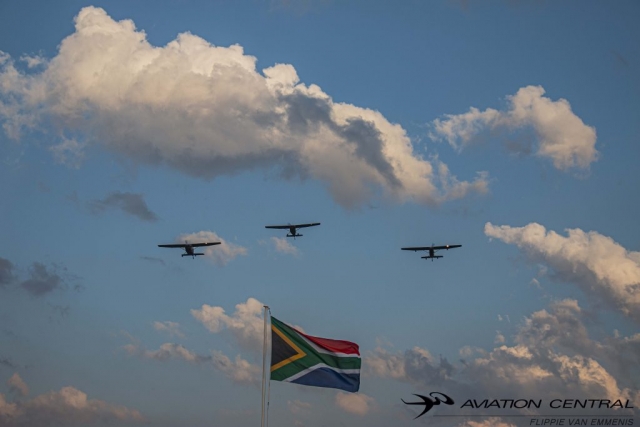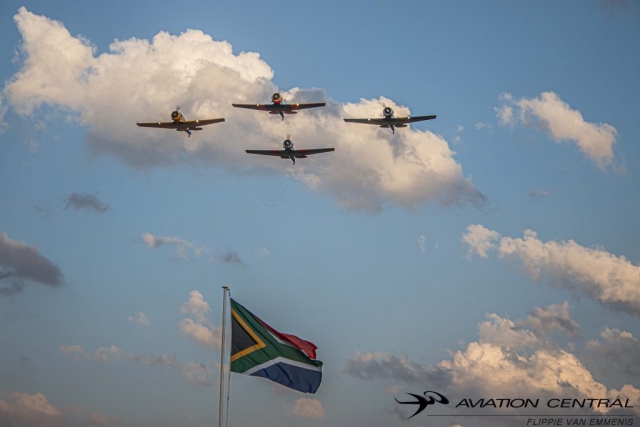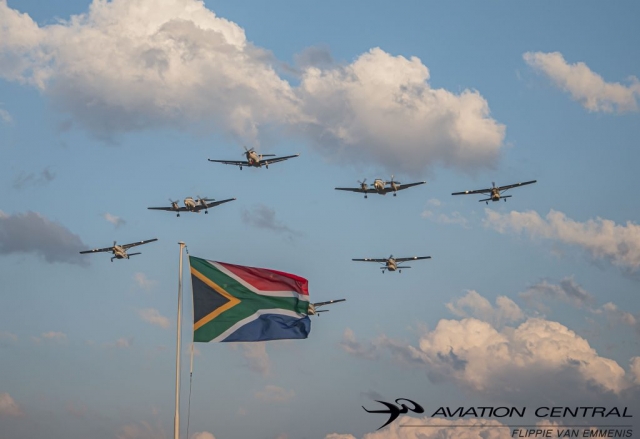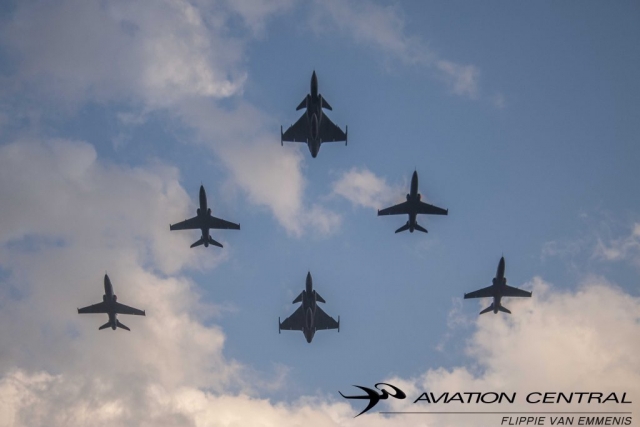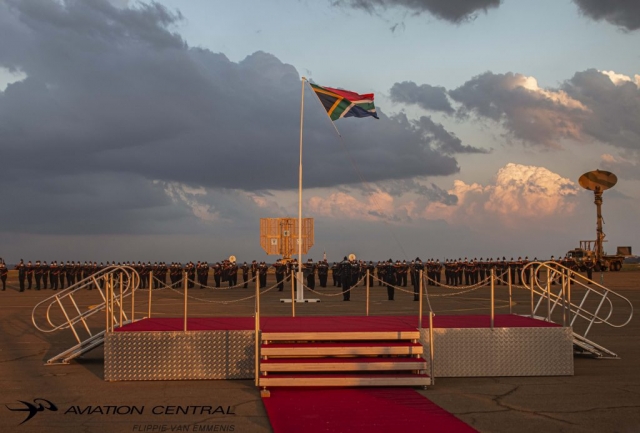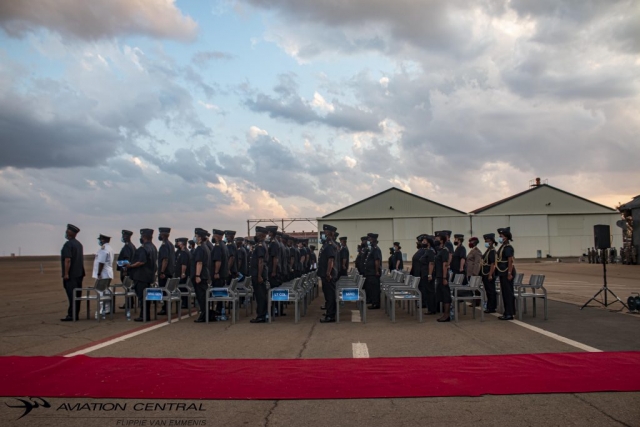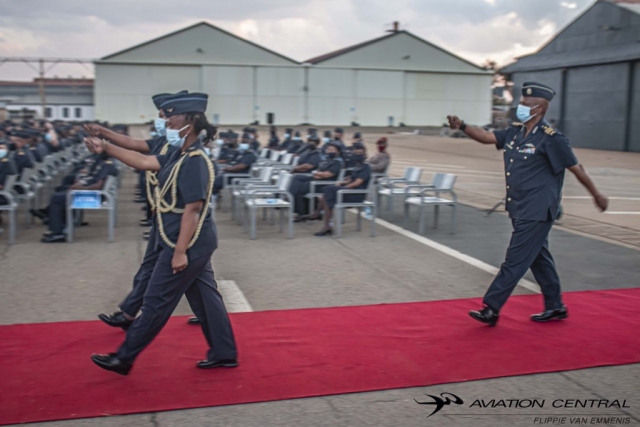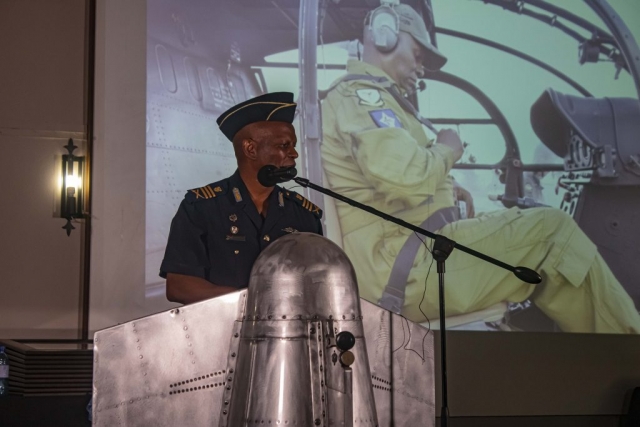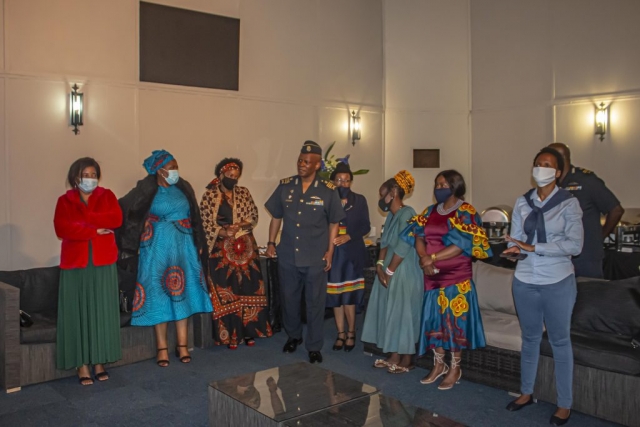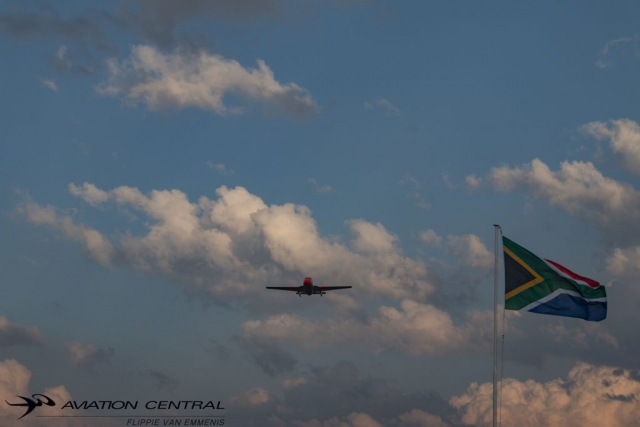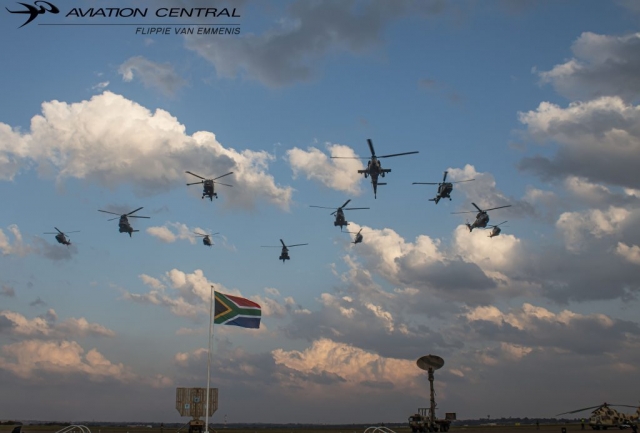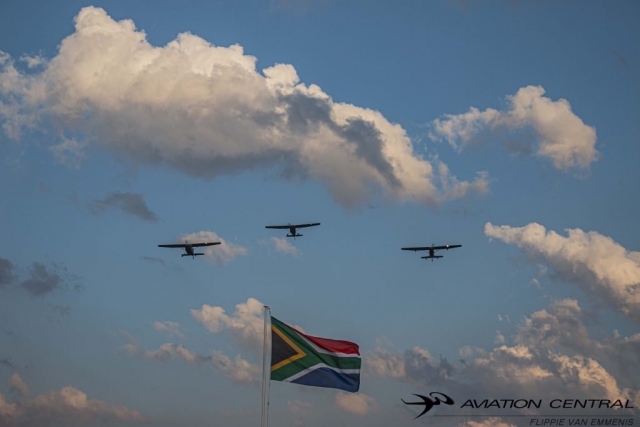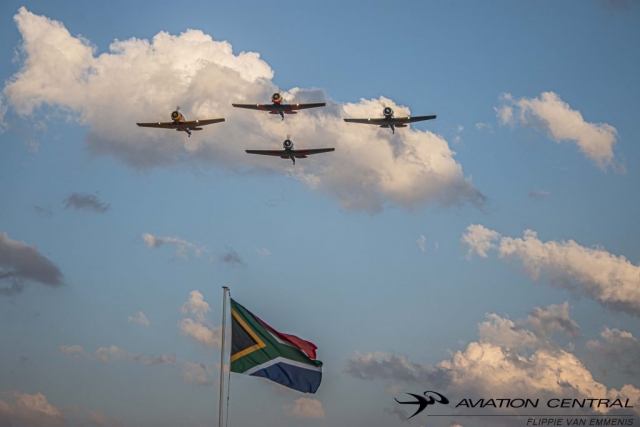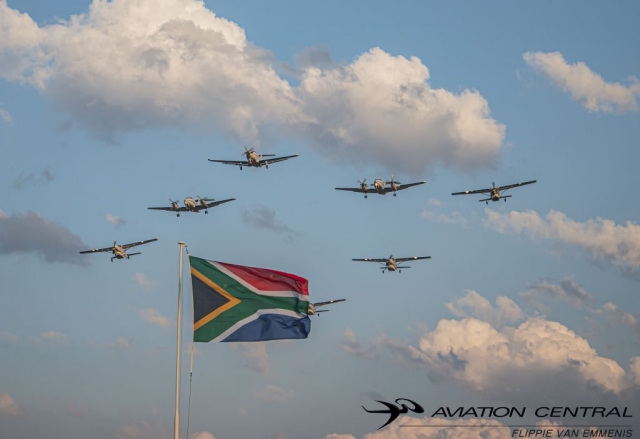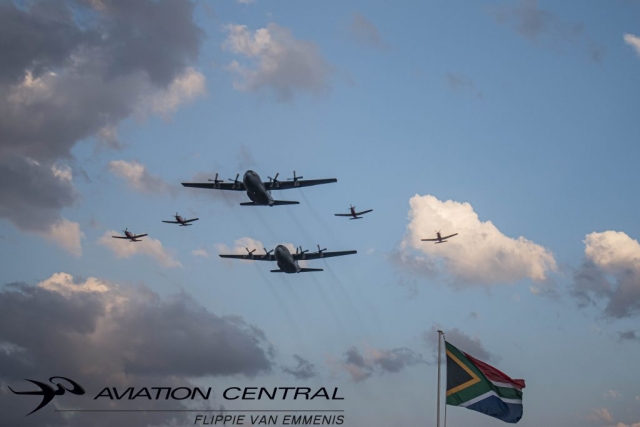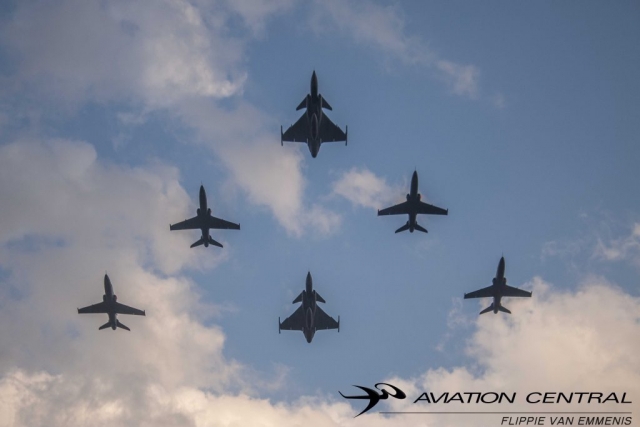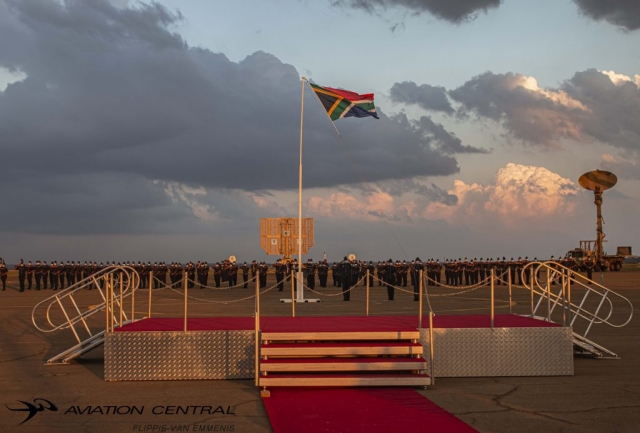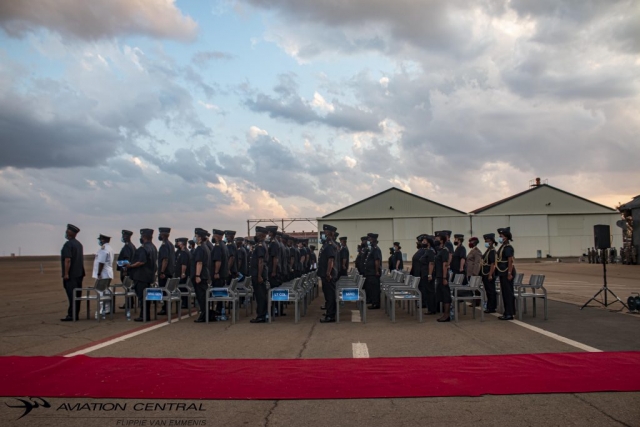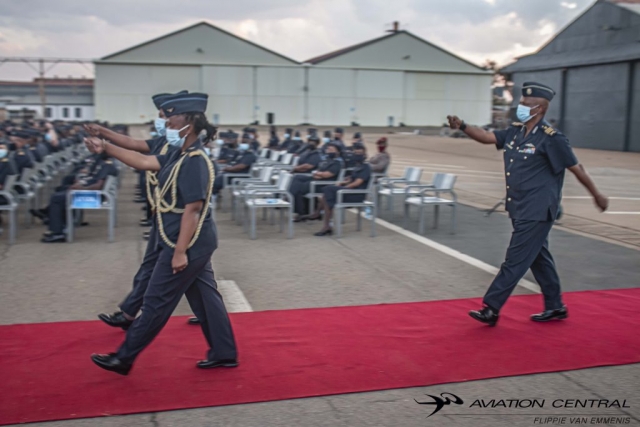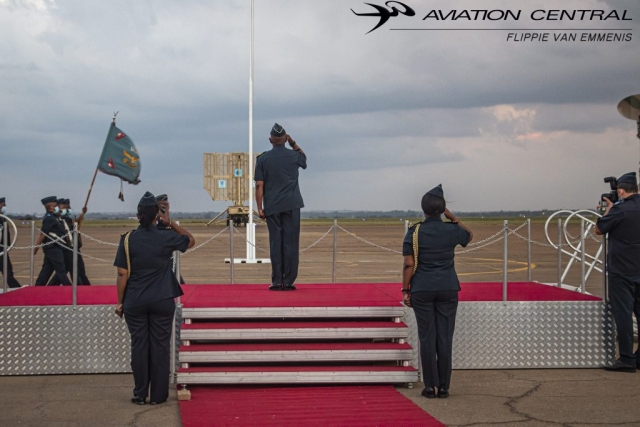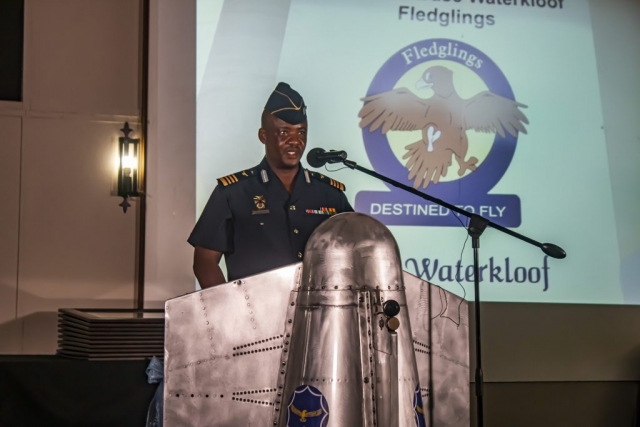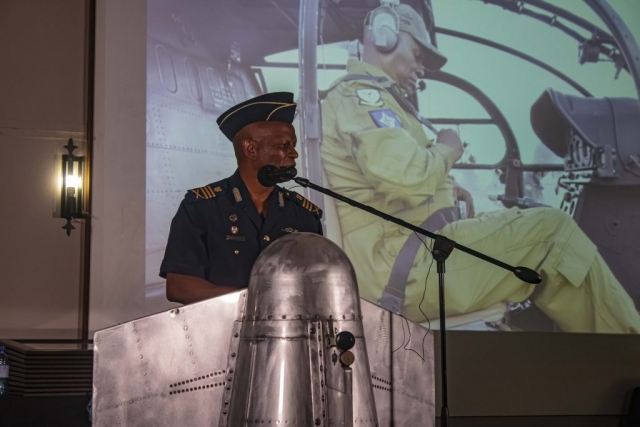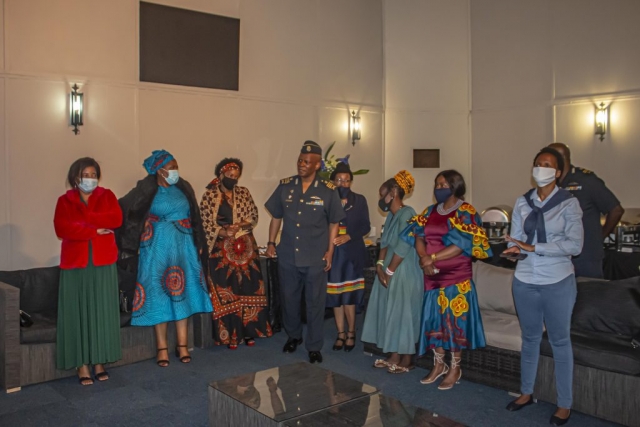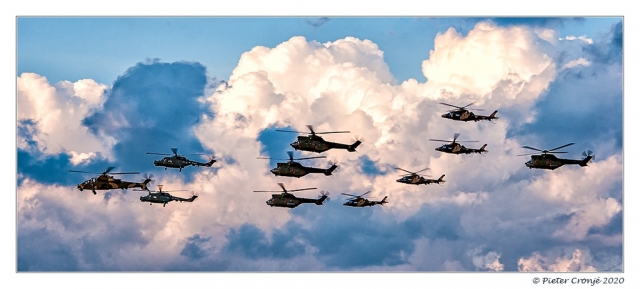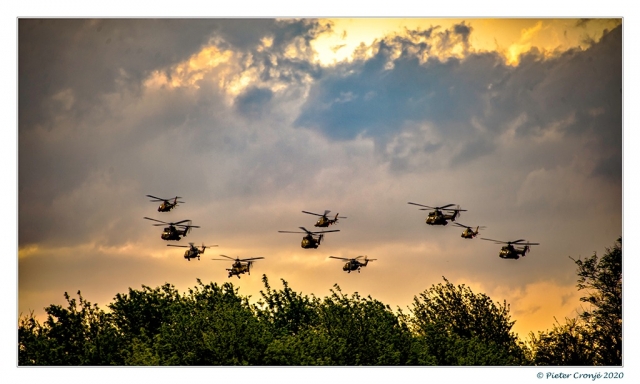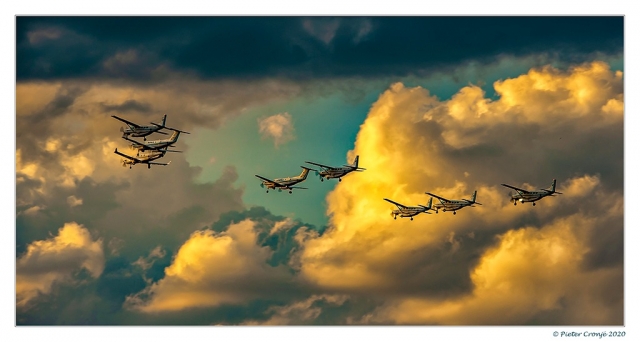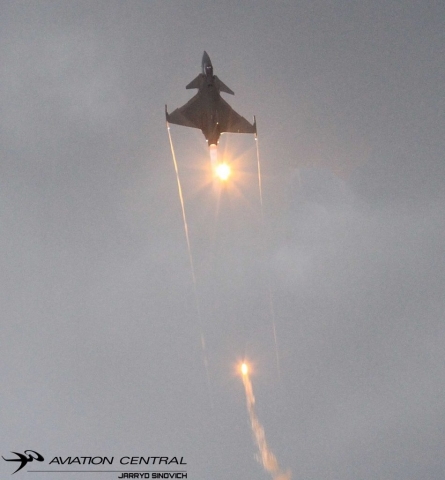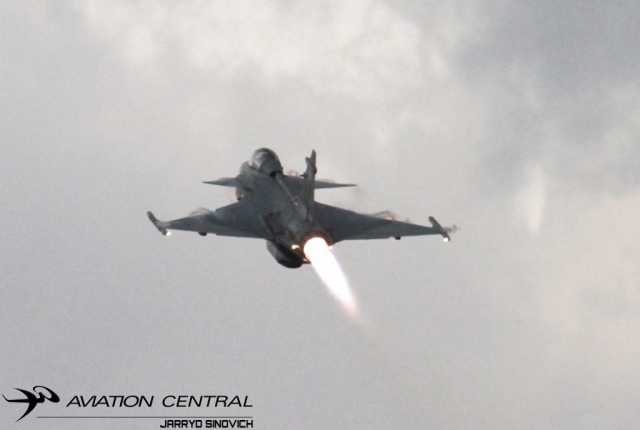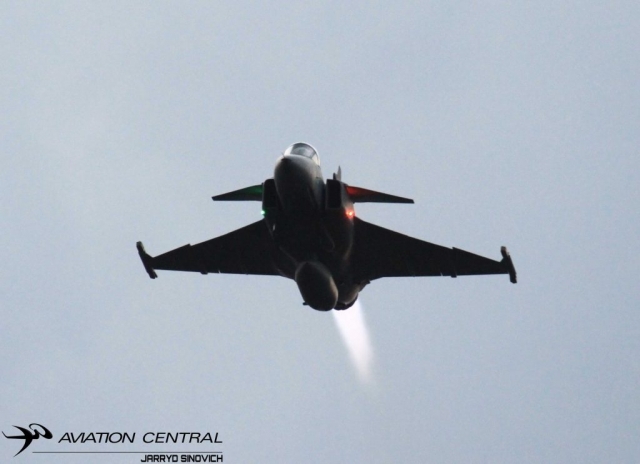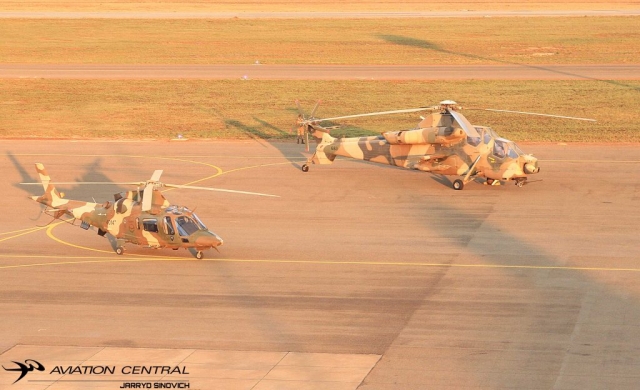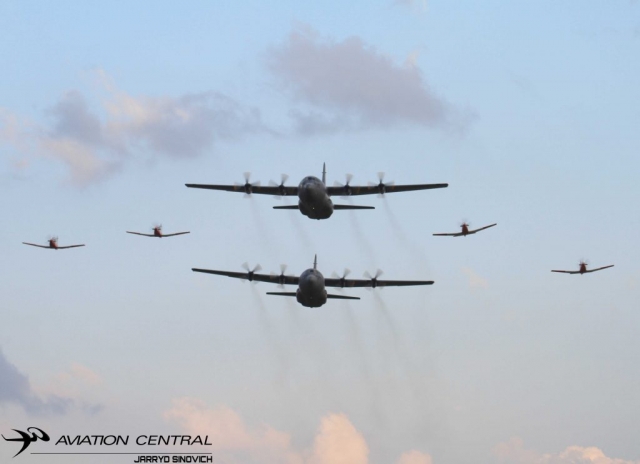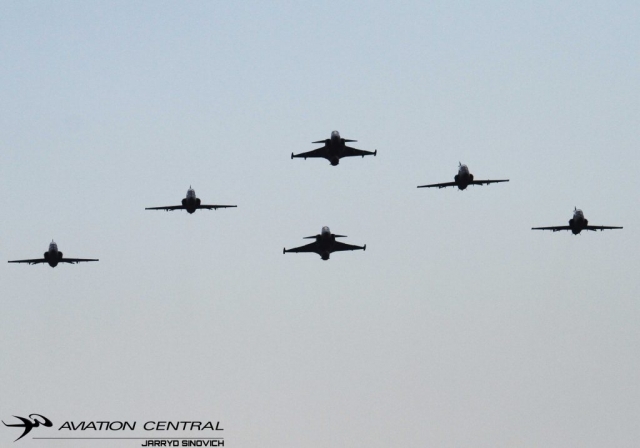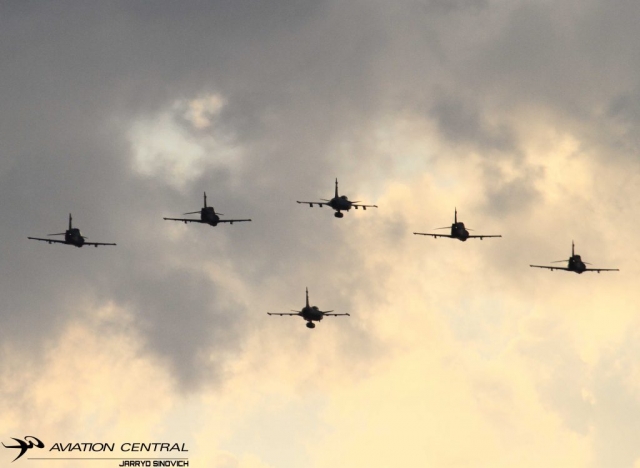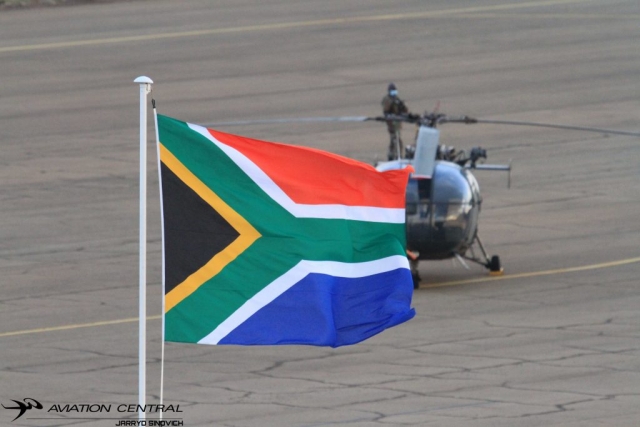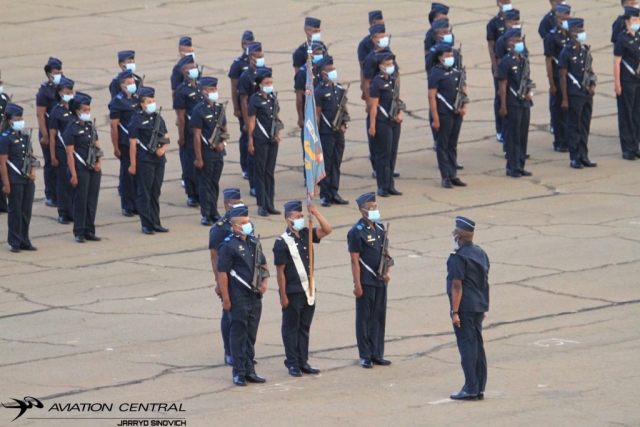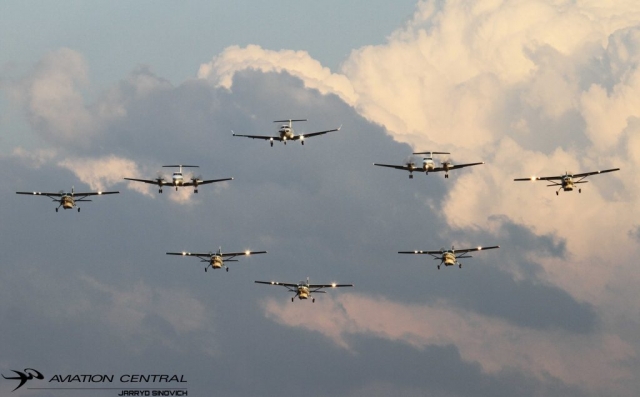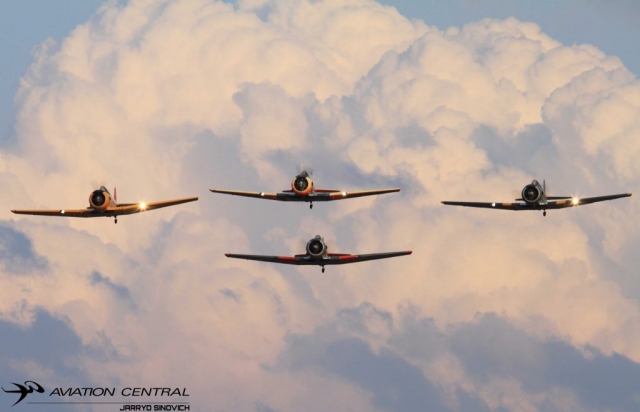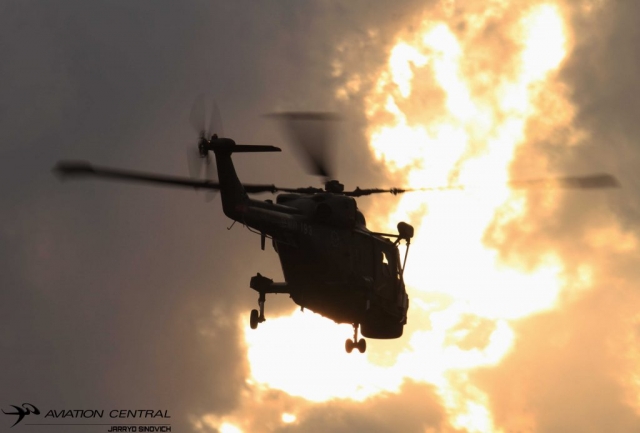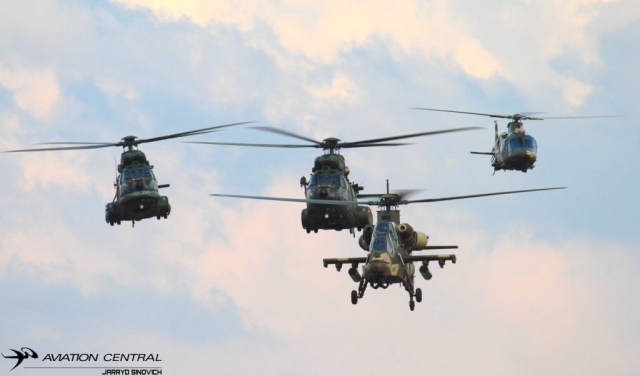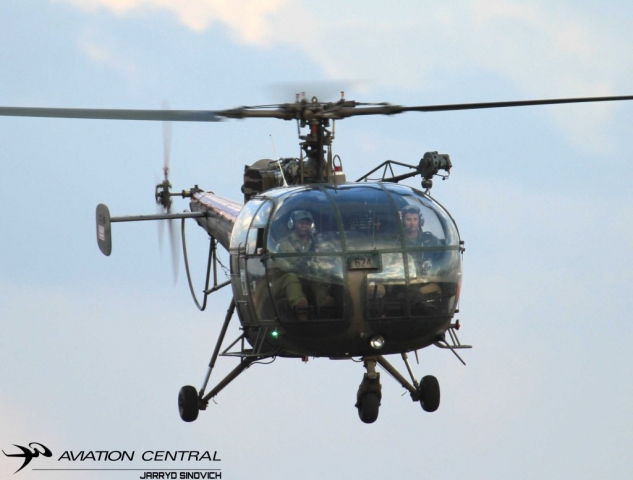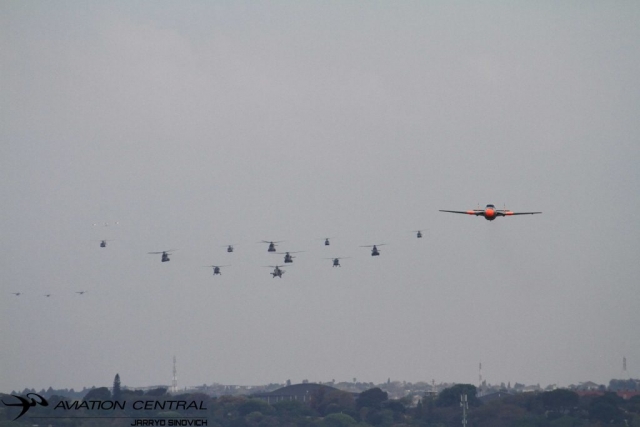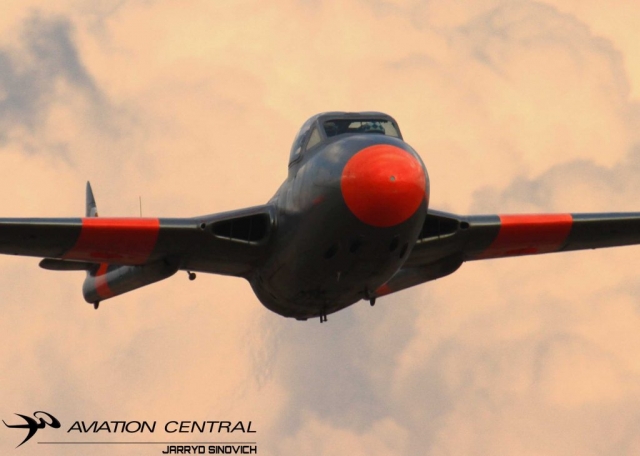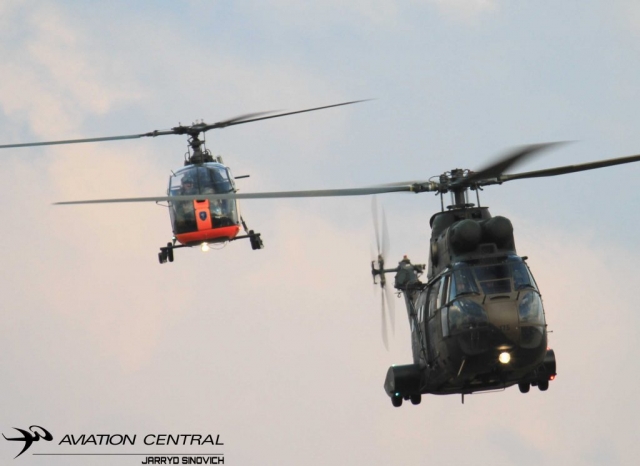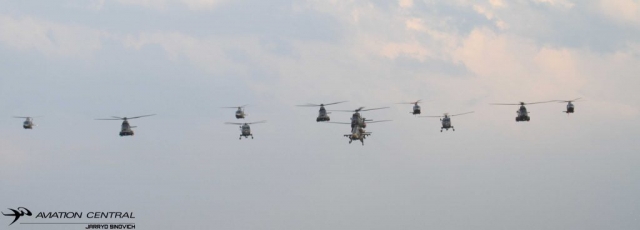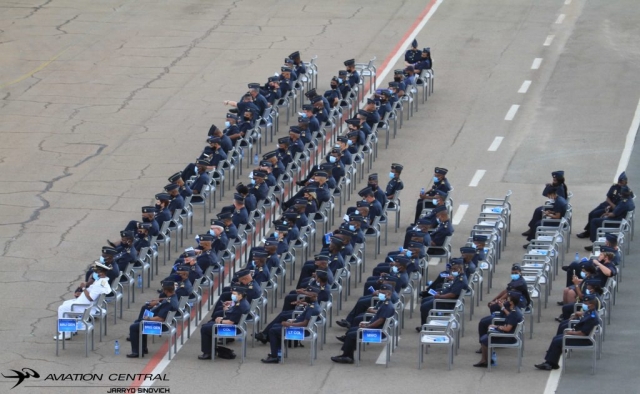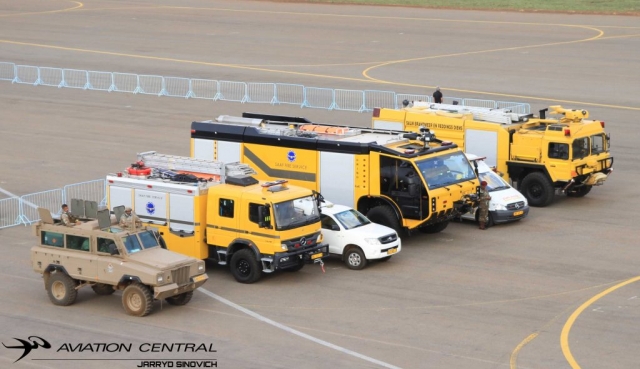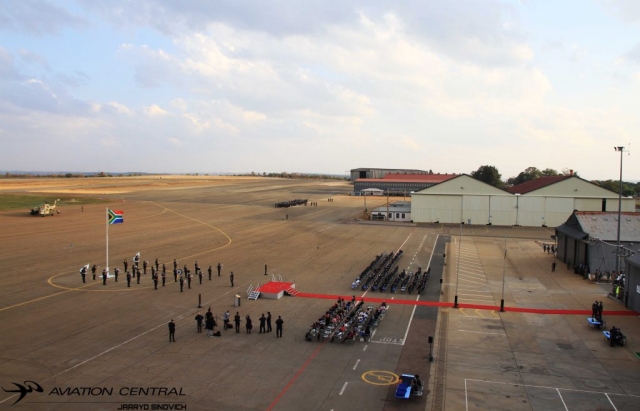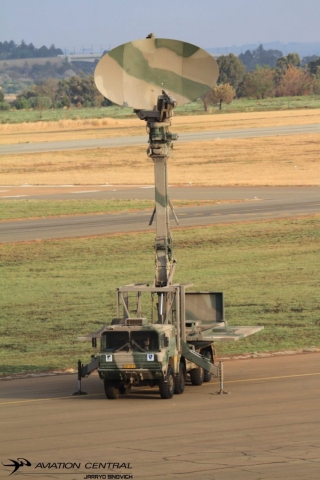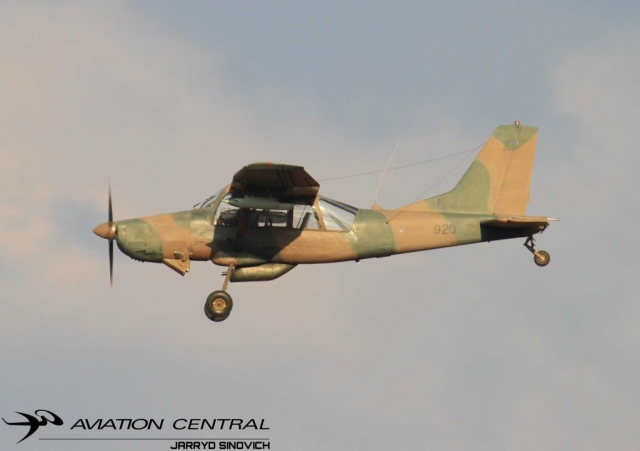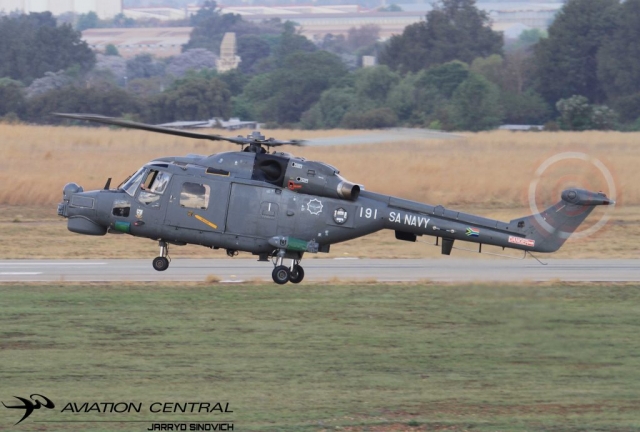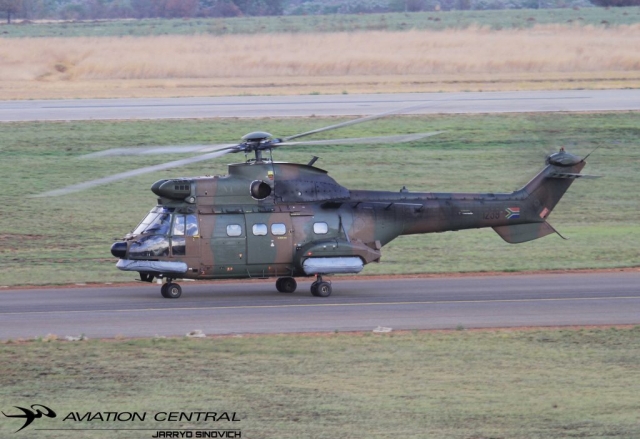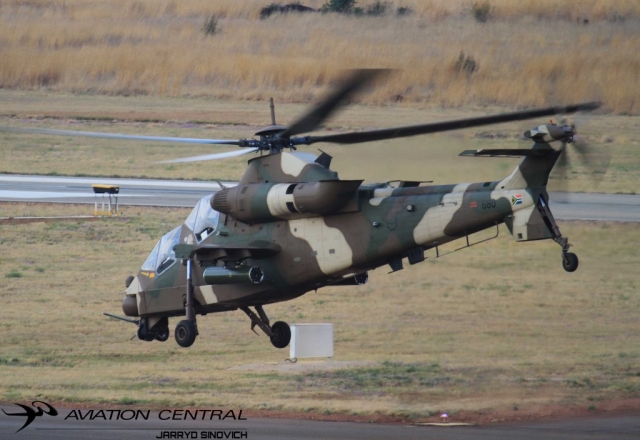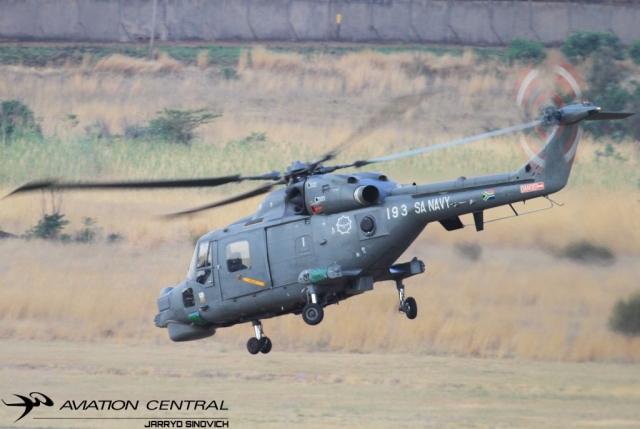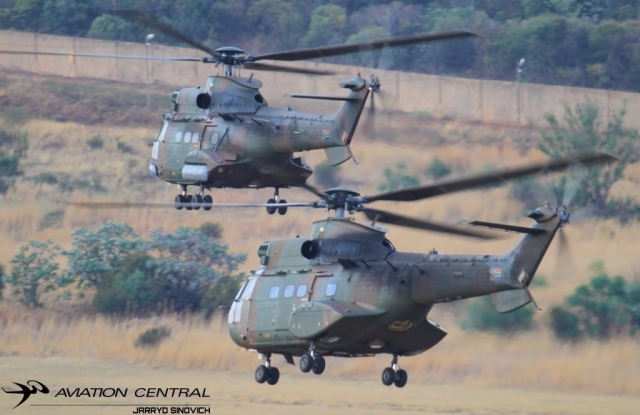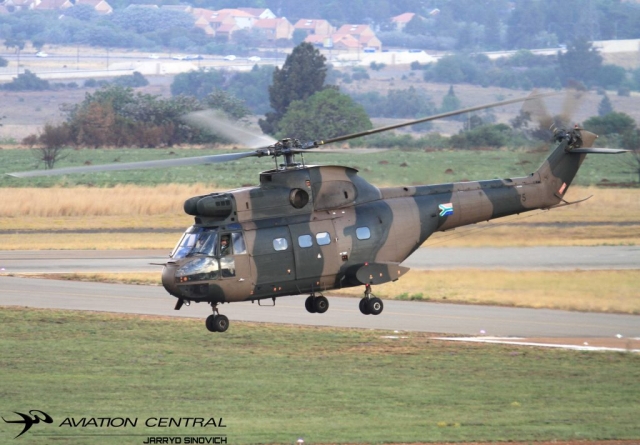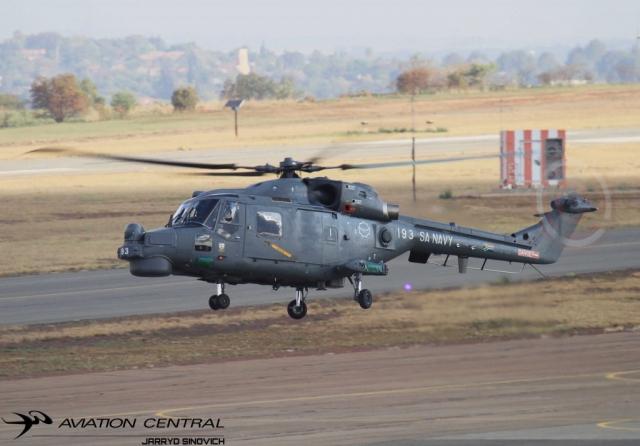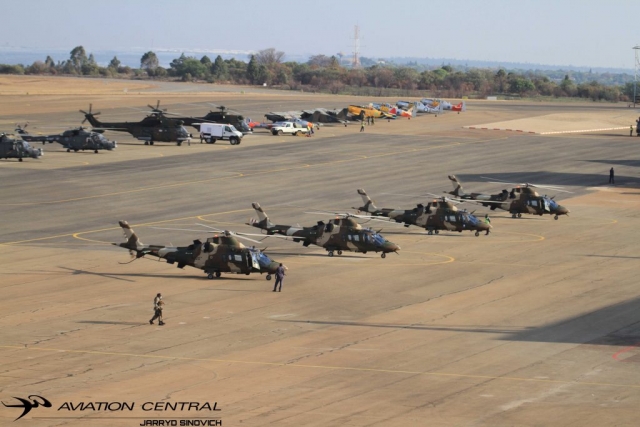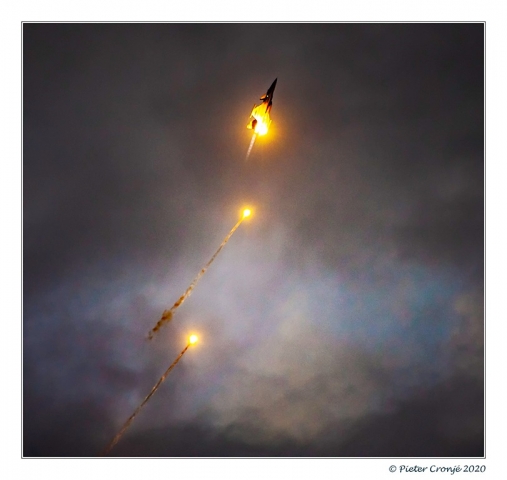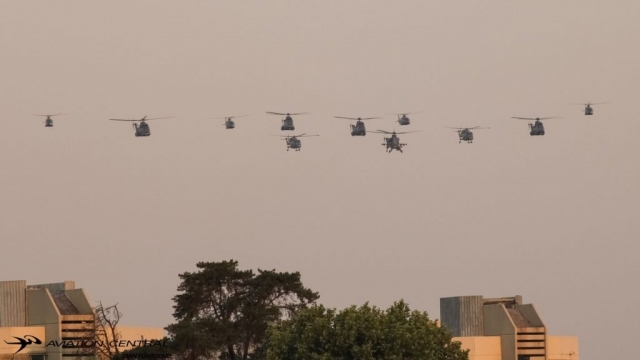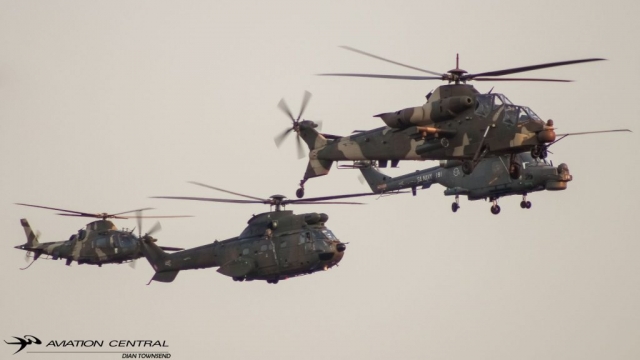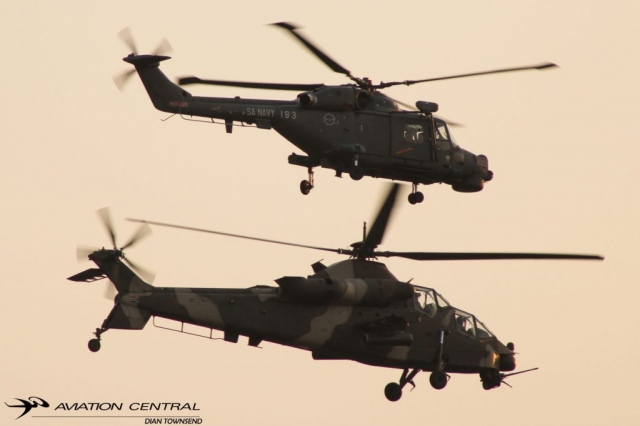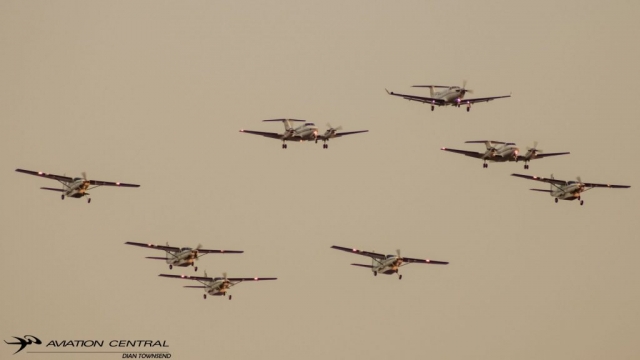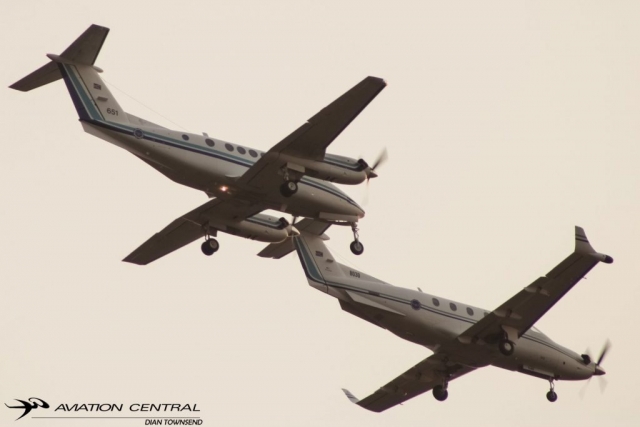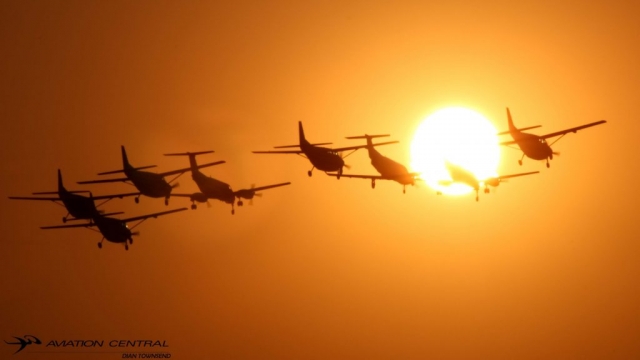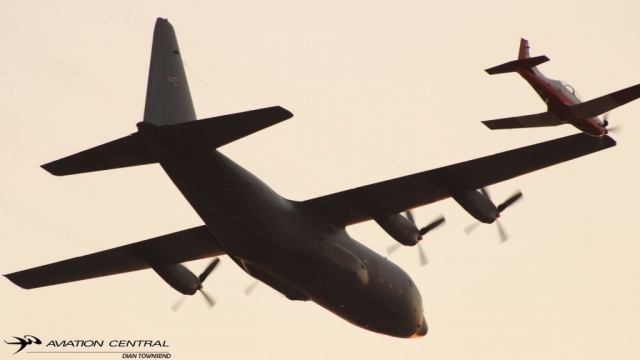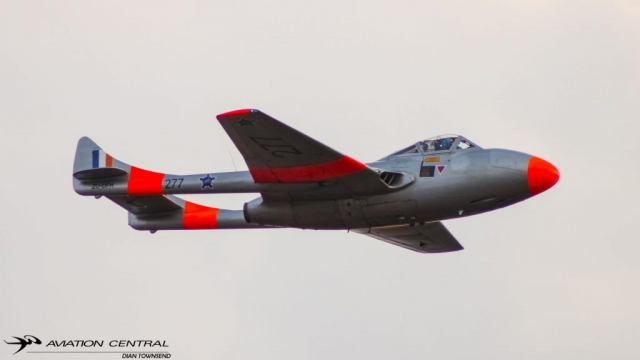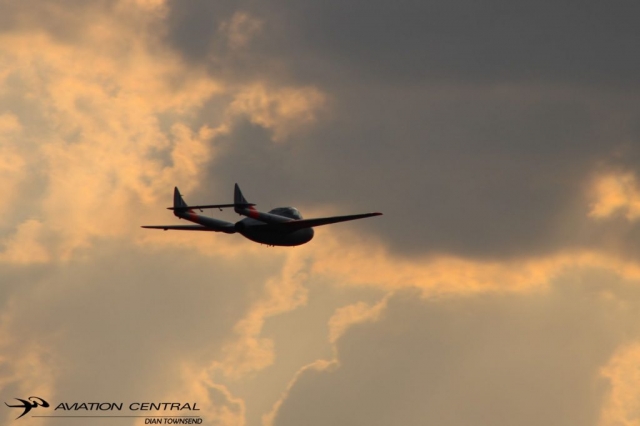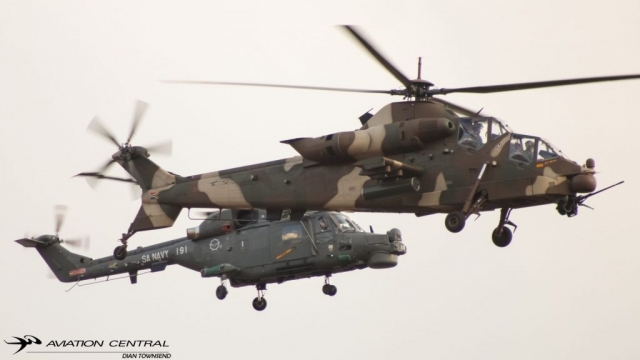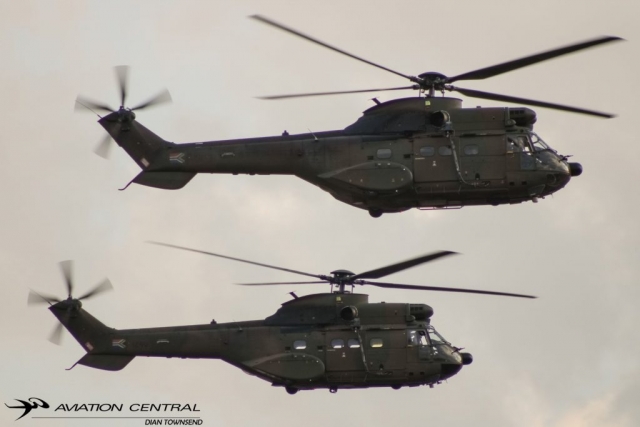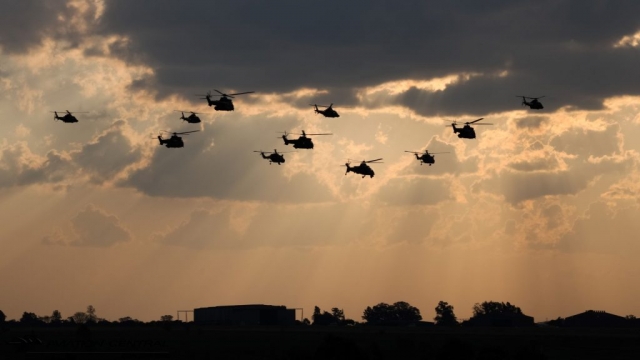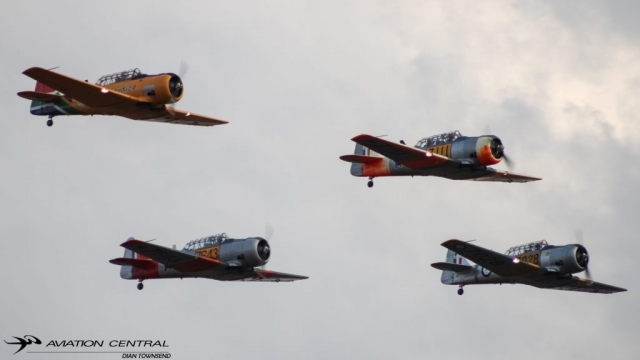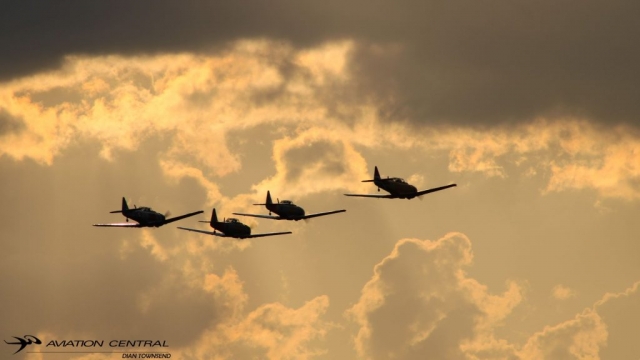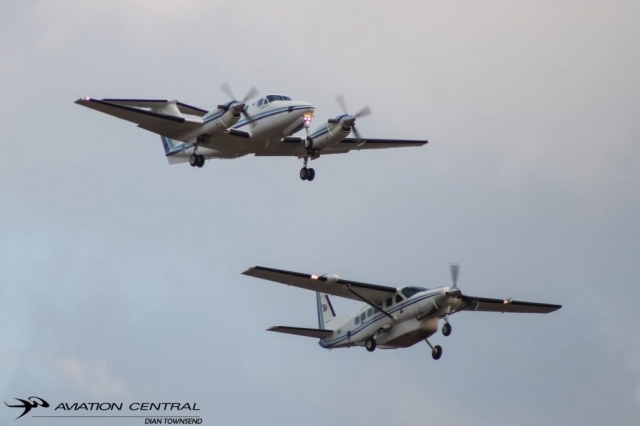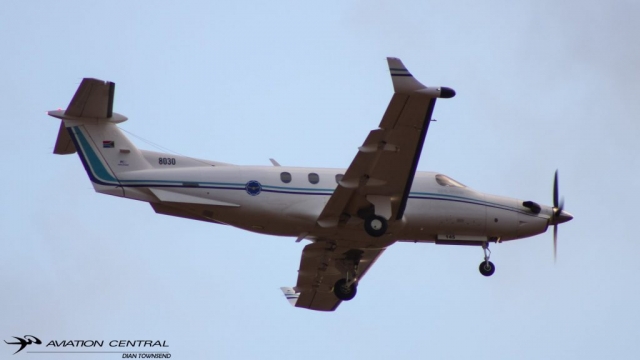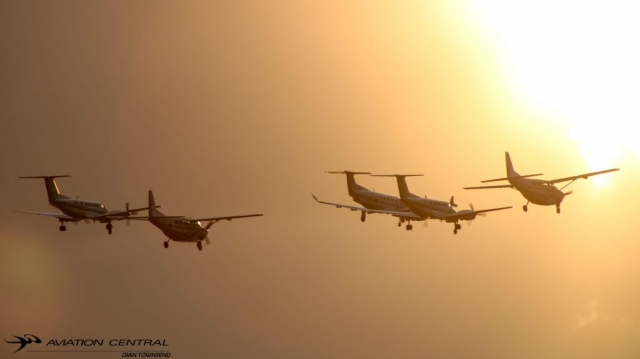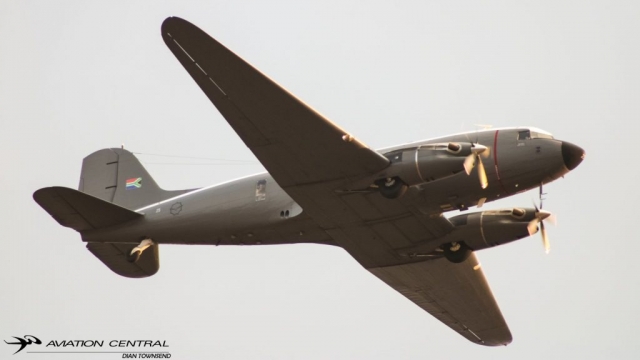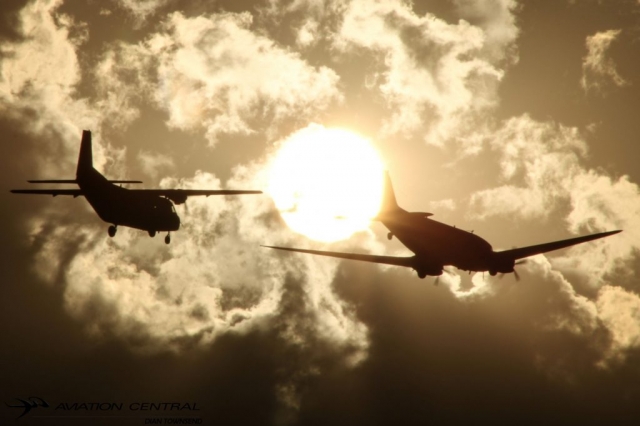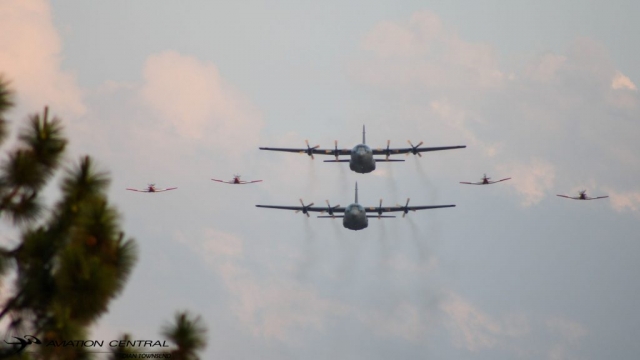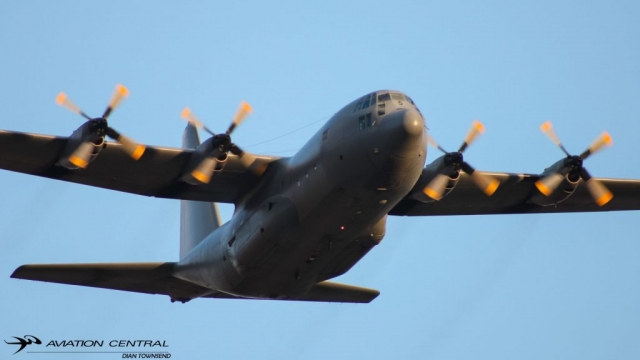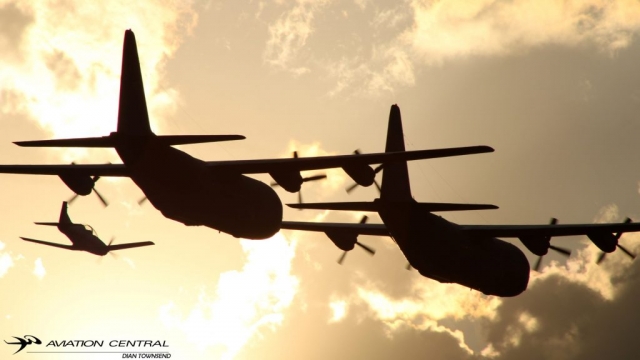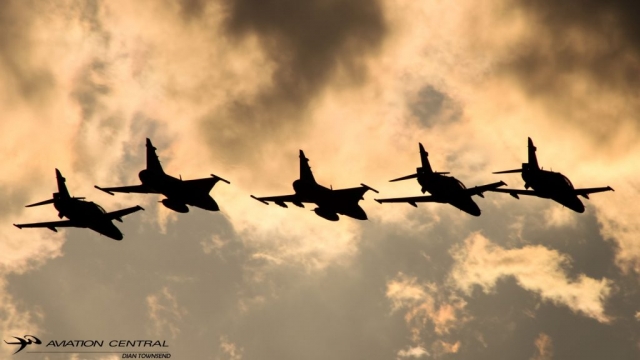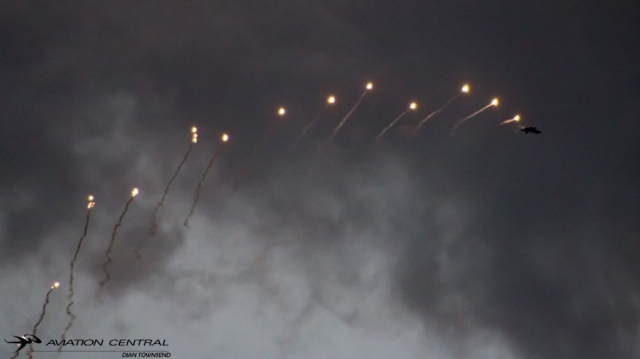Monthly Archives: October 2020
Aero Club Celebrates a Centenary of Recreational Flight
By Rob Jonkers
There is a sense of achievement on reaching a Century, on all manner of occasions it calls for a celebration, subject for congratulations on the significance and justifiable pride, the past century of the existence of the Aero Club of South Africa has been integral in seeing the growth in Recreational Aviation, the collective of the various disciplines
that make up flying for fun, that have allowed the freedom of development in the achievement of products, ideas, adventures, competitions that are existential of this magical world that is recreational flight.

This journey has been long, sometimes tedious and difficult but the persistence and passion of our members across the century has made it possible for the Aero Club to be the success it is today. One of the many great benefits and joys of living since the 20th Century is that we have had the immeasurable privilege to be able to fly, as since the dawn of mankind we have aspired to the ease and freedom of flight that only birds could enjoy, and from those early 20th Century years mankind learned to fly!

On the 10 th October 2020, after many months after postponement since C-19 made us all go into hiding, the Aero Club’s official Centenary Balloon Launch took place at Bill Harrop’s Balloon Safaris in the Magalies Valley. The weather outlook also looked great, and the launch event was a go sent out by the organisers just after 5 am. The wind started picking up somewhat, and first off the ground were the three commercial balloons that occurred at 6am, thereafter the Aero Club Balloon which was rebuilt in Aero Club Centenary colours (carrying the registration ZS- HOI as the ex Capital Radio balloon) was unfurled and prepared for a tethered inflation and launch.

Chairman of BAFSA Richard Bovell who was also this Centenary event organiser was the first pilot supported by student pilot Sema Mathebula, got the balloon off the ground in somewhat gusty conditions, the wind at that stage would not have been favourable to actually fly. Hanke Fourie took over from Richard for a second tethered stint, giving a good photographic opportunity for the guests in attendance.

After the balloon landed and was furled up again, the guests were treated to a scrumptious breakfast, as only one can experience as an early morning African sunrise breakfast in the bush. As MC for the event Richard Bovell gave a short speech on a brief history of sport ballooning in South Africa, thanked the guests for their attendance, and handed over the very first Aero Club Centenary Yearbook which is hot off the presses to the Doyen of Ballooning in South Africa Terry Adams, who since his arrival in SA in 1976 established the mainstay of balloon manufacturing
and pilot training in SA.

Thereafter Rob Jonkers as the Chair of the Aero Club thanked BAFSA and their team of hosting this one of a kind event, and the only event marking the Aero Club’s Centenary that will take place in 2020. A ceremonial Centenary cake cutting was then carried out by the Aero Club’s Executive Committee, Rob Jonkers (Chairman), Marthinus Potgieter (Vice-Chairman), John Gaillard (Hon Treasurer) and Hanke Fourie (Exco Member).


Although the year 2020 will go down in history as a great disrupter and has essentially rained on our Centenary parade, we will be looking at recovering much of the planned events in 2021 as time and resources will allow to bring justice to our 100 year heritage, especially poignant is to hold a 100 aircraft of all types flypast ( 101 also looks like a good number…) and an all Recreational Aviation Airweek as was initially planned for this year at Middelburg.



The Centenary coffee table book, which is now available for sale (details on the Aero Club website), is a compendium of each of our flying disciplines, historic and contemporary with numerous personalities with some
remarkable stories in recreational flying as a celebration for this signature Centenary Year.
Bell aircraft used to safeguard food and agriculture amid historic locust infestation
In the last 12 months, food security has been under serious threat from devastating swarms of locusts, destroying crops from East Africa to the Arabian Gulf. With experts warning of a “rolling emergency” 1 that could endanger harvests across the regions for the rest of the year, governments and international organizations face a herculean challenge in controlling the infestations. Aircraft from Bell, the U.S.-based helicopter manufacturer, have been playing a key role in the joint efforts to fight this ancient plague.
According to the UN Food and Agriculture Organization (FAO), desert locusts – whose destructive infestations cause major crop damage – are a species of grasshopper that live largely solitary lives until a combination of conditions promotes breeding and leads them to form massive swarms.

The region’s current crisis began in October 2019 as swarms formed along the Red Sea coastal plains in Yemen Saudi Arabia, Eritrea and Sudan, spreading eastwards across the Arabian peninsula and further south in Africa in the following months.
By January, Kenya, one of the countries hardest hit by the crisis, was already experiencing its worst outbreak of desert locusts in 70 years. To target this problem, authorities contracted South African helicopter operator BAC Helicopters, who had recently purchased three Bell 206L-4 helicopters, to carry out the Emergency Desert Locust Survey and Control operation in an effected part of Kenya.

The helicopters were tasked with surveying vast areas throughout the Marsabit and Turkana counties in Northern Kenya, locating and mapping the locust swarms which were threatening food security through the region. The 206L-4’s were each equipped with specialized Agricultural
Survey Equipment, an FDC Barrier Filter and Satellite Tracking System. Essential data gathered by the survey helicopters was then transferred to both fixed wing and helicopter spraying aircraft, allowing them to accurately target specific areas where the locust swarms were present.
Sameer Rehman, Managing Director of Africa and the Middle East, Bell, commented: “With a number of countries in eastern Africa and some parts of the Middle East at ongoing risk, the FAO has estimated that a locust control plan would cost $76 million to secure agriculture in the
affected region. Bell understands the need to protect the food source of these regions and we’re pleased our products can be essential tools in the collective mission to eradicate the problem.
“When it comes to food security, the stakes are very high so the reliability and capability of every tool used in the fight against locust swarms is paramount. The Bell 206, and newer light aircraft like the Bell 505 have shown time and again that they can be trusted to operate in high
temperatures and with heavy payloads, providing a capable defense wherever the swarms may be present.”
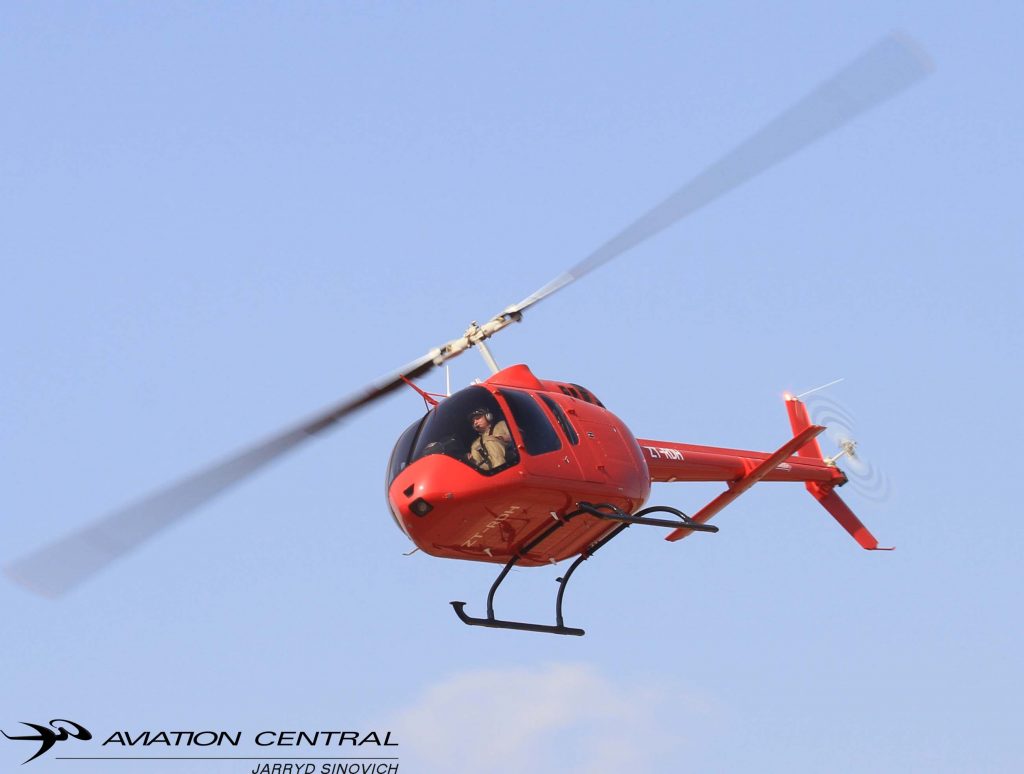
In most years, desert locust swarms tend to die out during dry season. However, with unusually high rainfall in 2020 in certain regions, the exponential growth in the populations has not abated,
creating the specter of further swarms over the coming months.
The FAO states that countries most affected by the locust situation are Ethiopia, Kenya, Somalia in Africa as well as Yemen, Saudi Arabia and parts of the UAE and Oman in the Middle East.
Aviation Insurance
By DJA – Graham Speller

Aviation insurance has become a very different commodity to the one we have been used to over the past 15 years or more.
When effecting insurance, you are buying a promise – that’s all. A promise of some future conduct, based on a pre-agreed set of terms and conditions.
You hope (because you cannot guarantee it) that the insurer(s) you have contracted with will fulfil their obligations under the contract. They, in turn, assume that you will do likewise.
And provide both parties follow the rules, keep to their promises and respect each other’s rights under the contract, all is well.
The disastrous losses sustained by Property & Casualty (P&C) losses in 2017 and, to a lesser extent, in 2018, led to a global shift in the manner in which short-term insurance coverage is assessed, priced and offered. Multiple natural disasters – hurricanes, earthquakes, fires, etc. – resulted in massive insured losses, easily exceeding 200% of the global premium income.
Coupled with a collapse of international insurance rates, the direct underwriting losses (the extent by which claims exceeded premium income) placed many/most Insurers and Lloyd’s Syndicates in a life-threatening position, from which they needed to extricate themselves in a very short period of time.
In essence, the 2017-18 P&C losses severely depleted the reserve account of many Insurers and their respective Reinsurers. Without reflating the market, future catastrophic losses may have led to widespread failures, leading to financial ruin for many policyholders.
The aviation market, meanwhile, had been losing money for several years – at least since 2015.
Following a spike in airline insurance rates in 2002, as a consequence of the 9/11 losses, the airline industry entered a golden age of safety, with a continually-falling loss rate and big profits for those Insurers who had not exited the aviation market in the aftermath of the attacks.
Of course, there is nothing quite like seeing your competitors raking it in to encourage you to enter the game, whether for the first time or as a returning player!
This sudden expansion of capacity (more Insurers offering coverage), coupled with benign loss experience, started the “soft market” cycle which, with only momentary pauses, saw airline insurance rates dropping steadily over the next 15 years.
At the same time, many airline Insurers who saw their income being eroded due to the falling rates, turned elsewhere for income – General Aviation became an obvious choice, leading to accelerated softening of GA insurance rates as a result.
If we were to go back 20 years or so, to the late 90s, we would see that aviation rates were probably running at about the same as they are today, in 2020.
In the interim, however, they hit an all-time low.
As part of the efforts to reflate the market in 2018, Insurers were forced to carry out a complete review of all parts of their portfolios (i.e. all classes of insurance), including niche areas like Aviation which, at best, accounts for around 2% of the world’s total short term insurance premium income.
What those Insurers found was that Aviation (and other niche classes) had been “sheltered” by the P&C account for years. Bear in mind that, by comparison, the P&C market accounts for about 60% of the total global premium income.
The consequences were as dramatic as they were rapid.
Many Insurers completely withdrew from underwriting Aviation. Understandably, perhaps, these tended to be those that had been the ones offering the cheapest rates.
Others, who decided to stay in the game, needed to take action on three fronts: increasing rates, restricting coverage and reducing exposure (the shares they write), in order to get their portfolios back into a profitable position.
For an Insurer, a “profitable position” probably means a return of no more than 5% across the portfolio.
In other words, provided they paid out no more than $95 for every $100 of nett income, they are profitable.
Nett income would be calculated, very simply, as gross premium, less expenses, plus investment income.
Given that global interest rates have dropped to virtually 0% in most developed countries, there is no investment income to be made and Insurers are faced with a very simple equation.
Expenses include the overall cost of running the place plus the cost of acquiring business and runs at around 40% of gross premium for most Insurers.
So if an Insurer pays more than $55 in claims, for every $100 of gross premium, they are running at a loss.
Against this background, Insurers have to take great care in how they price their exposure, in order to give themselves a reasonable chance of turning a profit. Losing money is no longer an option and will result in job losses and the potential withdrawal of the Insurer from Aviation, with all that infers.
What Insurers are doing is to take a completely fresh look at the exposure and repricing the risk from the perspective of their own position alone. They call it “modeling the exposure”, which is usually carried out by actuaries.
In “hard” markets like the current one – where rates are being driven up by Insurers, the cost of insurance becomes a key factor for most policyholders.
A true broker will spend his/her working life trying to secure the best possible terms for their client. To some, this means the cheapest rates, but that is a dangerous fallacy.
The terms of insurance are a combination of a number of things. At DJA we refer to The Right Approach. This encapsulates our entire business philosophy, and enables us to fulfil our responsibilities to our clients and provide our clients with the financial peace of mind they need in order to operate.
There are four principle aspects which we say MUST be kept in balance with each other – like the blades of an aircraft propeller.
Coverage
Naturally, the coverage must be appropriate for the risk and the policyholder’s requirements – no point in cutting out required coverage and hoping things will be OK
Service
The service provided by the Insurer and the Broker, on a day-to-day basis, and especially when claims arise, is important – the insurance will be worthless if you cannot get anything done, or get advice when you need it
Security
This is a big one. Why bother to insure if the Insurer you choose is not going to be able to provide the service or, far more importantly, is not going to respond to claims – either because they don’t want to or because they cannot?
Cost
The premium must be competitive, having regard to all the other factors. Again, there is no point in cutting down on required coverage, giving up service or selecting a sub-standard Insurer all for the sake of a cheaper premium. That is the height of idiocy and DJA does not see that as a means of fulfilling its duties towards its clients.
A fifth aspect, that is particularly relevant in a hard market, is Relationships. That is, the relationship between the Insured and his Insurers. When things are tough, as they are right now, and claims arise which could go either way (as many can), it can be the strength of the relationship with the Insurer that makes the difference. So we try to promote the maintenance and growth of Insurer-Client relationships wherever we can.
It makes sense to follow an Insurer’s financial strength rating, as applied by ratings agencies who specialize in analyzing insurance companies. Standard & Poor’s and AM Best are the principal ratings agencies for the insurance industry and apply financial strength ratings (FSRs) to hundreds of Insurers all over the world, using a consistent rating methodology that enables and Insurer in one country to be reasonably compared with one in a different part of the world.
Both S&P and AM Best use an alphabet scale, ranging from A as the highest.
The insurer may need to be around to defend you, and settle claims, for many years following a loss – particularly in relation to Passenger Liability claims. The last thing an Insured needs is to find that, at the crucial moment, the Insurer has disappeared. There is no such thing as joint liability under an insurance policy – each Insurer is only responsible for its own share.
Anyone considering whether to accept an insurer it is being offered to underwrite the insurance of substantial assets and potentially-huge legal liability exposures should wish to get a high level of comfort based on the financial strength rating of the Insurer(s) concerned.
Particularly an Insurer located in a foreign country that does not have a subsidiary in the policyholder’s country of domicile and no assets which can be applied to cover its liabilities.
Based on the above scale, an Insurer rated below A- by S&P, or B+ by AM Best – or not rated at all by either – should be carefully considered and further investigations carried out in conjunction with a knowledgeable insurance broker.
The more care and attention that is applied to the selection of the Insurer(s) to be relied upon to fulfil their promises under the insurance contract, the less likely it is that claims will result in tears.


Retirement Of SAAF Lieutenant General Fabian Msimang
On Wednesday 30 September,members of the South African Air force and members of the media got to witness a series of beautiful flypasts from a number of aircraft of squadrons based across South Africa.A fitting tribute and thank you to the former Chief of the South African Air force!



Lieutenant General Fabian Zimpande (Zakes) Msimang integrated into the South African National Defence Force in 1994 after the first Democratic Elections as a qualified helicopter pilot.He received his flying training at Frunze 1 Central Officers Training Center – Kirghistan, in the Union of Soviet Socialist Republics between 1986 to 1991.


He graduated from the institution with a diploma in Command and Tactics of Military Aviation.During Msimang’s Career he has flown the Mi8, Mi25 ,Alouette III and Oryx Helicopters.He also completed a factory conversion onto the Agusta A109E Helicopter at Agusta/Westland now known at Leonardo in Italy.




He was a member of the Umkhonto We Sizwe (MK),the military wing of the African National Congress.He engaged in combat in Angola in 1986.In 1994,he completed the Air force Junior Staff Course in Zimbabwe before returning to the South African National Defence Force.Post 1994,he served as an operational pilot in both maritime and inland operations.

In 2000,Msimang was appointed the assistant project officer on the acquisition programme of the Agusta A109LUH in Italy.He went onto successfully complete the Senior Staff Course at the Italian Air force War School.On his return in 2003 from Italy,he was appointed the Officer Commanding of 87 Helicopter Flying School at Air force Base Bloemspruit. The Following year he successfully completed the Joint Senior Command and Staff Programme at the South African National War College.


In 2005,he was appointed officer commander of Air force Base Bloemspruit and promoted to the rank of Colonel.In 2006,he completed the Executive National Security Programme at the South African National Defence College.In 2007,Msimang,after a two and half year tour as OC at Air force Base Bloemspruit,he was appointed Director Helicopter Systems and Promoted to the rank of Brigadier General at Air Command.





In November 2010,he was appointed Chief Director Air Policy and Plans and then promoted to the rank of Major General,responsible for Air force Strategy,policies,capabilities and resource allocation.On 28 September 2012 he was accepted command as the Chief of the South African Air force from Lieutenant-General Carlo Gagiano.





Bell APT 70 Successfully Completes NASA’s Systems Integration and
Fort Worth, Texas (1 October, 2020) – Bell Textron Inc., a Textron Inc. (NYSE: TXT) company, announced today the successful flight of the Bell Autonomous Pod Transport (APT) 70 as part of a joint
flight demonstration with NASA. Bell was selected to participate in NASA’s Systems Integration and Operationalization (SIO) activity in 2018, which includes multiple flight demonstrations focusing on
different types of Unmanned Aircraft Systems (UAS) and their flight environments.
The objective of Bell’s SIO demonstration was to execute a Beyond Visual Line-of-Sight (BVLOS) mission in an urban environment transitioning into and out of Class B airspace representing future commercial
flights. Mission results will be used to evaluate and demonstrate Detect and Avoid (DAA) and Command and Control (C2) technologies for use in future certified operations in controlled and uncontrolled
airspace. Data collected during the demonstration will be used to support future standards development and Federal Aviation Administration (FAA) certification guidelines.

“This successful demonstration highlights the great potential for the APT 70 to complete complex
missions for businesses and healthcare providers,” said Michael Thacker, executive vice president,
Innovation and Commercial Business. “With teammates like NASA, we can carve a path forward for future commercial operations to solve the cargo and goods transportation challenges our world currently faces.”
Launching from Bell’s Floyd Carlson field in Fort Worth, TX, the APT 70 flew a preprogrammed 10-mile circuit path along the Trinity River. Once armed from the ground control station, the APT 70 initiated a
vertical takeoff.

The vehicle then rotated to fly on its wings where it became nearly silent to the ground below. The vehicle executed its mission profile at an altitude of 500 feet above ground level. The route
included a road crossing and transition in and out of Class B airspace. Communication between the ground station and the aircraft was maintained through a redundant datalink. A prototype airborne detect
and avoid system, along with visual observers, provided the remote pilot with awareness of air traffic in
the vicinity and recommended flight maneuvers.

NASA is excited to partner with Bell to help accelerate routine UAS operations into the national airspace
with this successful flight demo,” said Mauricio Rivas, UAS integration in the NAS project manager at NASA’s Armstrong Flight Research Center. “Our efforts with Bell and our other SIO industry partners will
help commercial UAS move closer towards certification to make missions like this transport flight a
common event.”
Bell’s technology partners for the demonstration include Xwing and the University of Massachusetts
Amherst’s Center for Collaborative Adaptive Sensing of the Atmosphere (CASA). Integrated onto the APT
70 is Xwing’s airborne, multi-sensing detect and avoid system. Xwing’s system comprises of radars, ADS- B, visual system and onboard processing to provide aircraft tracks and pilot alerts transmitted to the
ground station. The APT 70 also includes CASA’s intuitive, integrated display to provide pilots with local weather risk awareness and route-based weather alerts issued by their City Warn Hazard Notification
System deployed in the DFW metroplex.

It is envisioned that in the future, an operational APT 70 could provide efficient, rapid and dependable transport for payloads up to 70lbs. The APT 70 is estimated to move three times as fast as ground transportation. The vehicle is capable of autonomous flight, automatically flying a programmed flight route and handling an array of contingency functions. Potential uses for the APT 70 include medical deliveries,
third-party logistics, offshore delivery, humanitarian relief and many more.
South African Airways Technical reaches an agreement with its customers and reinstates Aircraft Maintenance Services
Johannesburg, 04 October 2020. South African Airways Technical (SAAT) has reached an agreement with its customers and has begun to reinstate aircraft maintenance services to some of its customers. This development follows a decision taken by SAAT to suspend maintenance services to four of its airline customers in September 2020 due to outstanding payments on services already rendered.
“We are pleased to have reached an agreement with at least two of our customers and will continue to have discussions with two others as we seek to find a resolution and settlement on these matters,” said SAAT CEO, Adam Voss.
SAAT is one of the leading Maintenance, Repair and Overhaul (MRO) entities in Africa and offers an array of services (that include base and line maintenance) to its customers to ensure that they operate in a safe and legally compliant manner. In addition, preservation maintenance is offered for the protection of the aircraft that is not operating.
“The decision we took to suspend services to our customers was not taken lightly. We had to protect our commercial interests which extend to the wellbeing of our employees who were adversely impacted by the cashflow challenges we experienced, resulting in payment of 25% of their salaries for the month of September,” explained Voss.
SAAT apologized to all its employees for the inconvenience and is in discussions with its labour unions to arrange for the payment of balance of salaries for the month of September.
South African Airways (SAA) is one of the airlines that was impacted by the suspension of the aircraft maintenance service. The airline has made a payment to SAAT and the suspension of services was lifted on Wednesday. SAA charter flights planned to operate this week were consequently not impacted by last week’s suspension.
Another customer, Mango Airlines, has reached an agreement with SAAT making it possible to lift the suspension on Mango Airlines to commence work on their fleet as of Friday. The aircraft affected returned to service on Saturday, 3 October, to transport passengers.
“We all appreciate that the aviation landscape has changed drastically due to the impact of Covid-19 outbreak globally. We know that many of our customers were not able to trade and generate much needed revenue to pay for services rendered. As part of recovery strategy and a way forward, we agreed with these customers that SAAT will receive upfront payment for services that must be rendered,” Voss concluded.

Discussions are ongoing with all affected customers to find solutions on how to address the legacy issues that resulted in the suspension of the maintenance services.
As an MRO, SAAT is satisfied with progress made and is committed to working with all its customers and partners as the industry seeks to rebuild itself and to adapt to the new norms brought about by the coronavirus.


